Cats and people have formed strong ties over the course of thousands of years of cat domestication. As cat owners, we frequently ponder if our feline friends can identify us not just by our voice or fragrance, but also by our face. The interesting field of feline facial recognition and the study of the relationship between cats and their owners will both be covered in this essay.
Understanding Facial Recognition in Cats
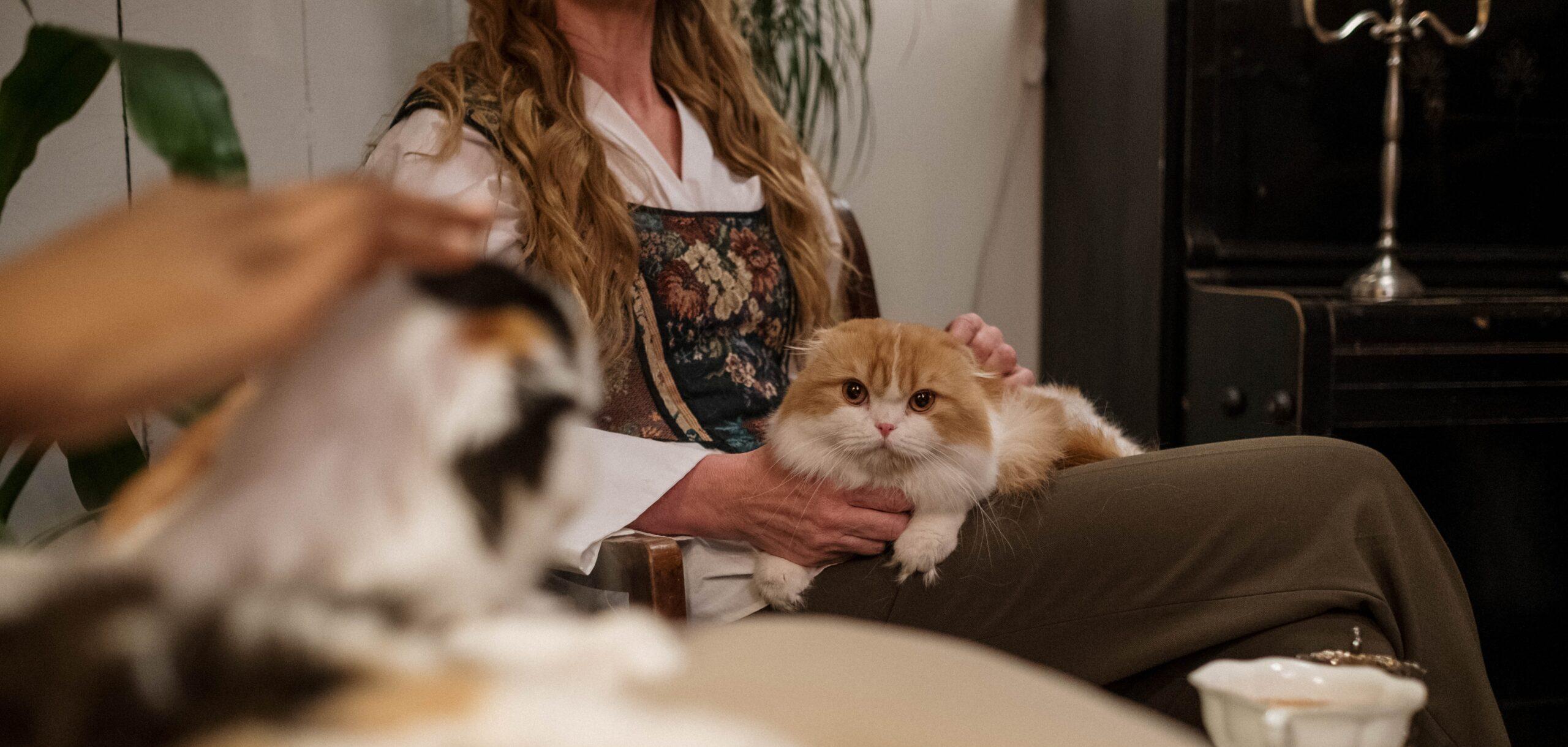
Facial recognition is a complex cognitive process that involves visually identifying and distinguishing individuals based on their facial features.
We must first realize that cats’ visual and cognitive systems are very different from ours in order to comprehend how cats perceive faces. Cats have dichromatic vision, which means they predominantly see colors of blue and green, in contrast to humans who have very high-resolution color vision. They are unable to distinguish tiny color differences and details, which are crucial for human facial identification. The shape and direction of feline eyes are also tailored for hunting. Instead of closely examining static things like human faces, their slit-shaped pupils and acute night vision concentrate on spotting movement and low light circumstances. Cats do not, therefore, rely on visual signals the same way humans do.
Human facial recognition is assisted by the fusiform face area (FFA), a highly specialized part of the brain. The processing of facial data in this area is what allows us to recognize and recall faces. It’s important to keep in mind that cats and other animals have unique brain structures and cognitive processes even if humans have this particular brain area.
Researchers from the University of Tokyo have found evidence that cats’ visual cortex has a special area allocated to facial recognition. Cats interpret facial characteristics and gather information about people they encounter in a similar way as humans do. Cats are not only able to recognize other cats because of their special brain structure, but they are also prone to recognize human faces – including those of their owners.
Studying the Bond Between Cats and Their Owners
Studies concentrating on feline behavior and responses have been carried out by researchers to determine whether cats can in fact recognize their owner’s face. One such investigation looked at how cats responded to visual cues, including the faces of their owners, and was published in the journal Animal Cognition.
In the experiment, cats were shown pictures of people they knew, both their owners and complete strangers. The findings showed that cats responded more strongly to seeing their owner’s face when compared to other faces, as seen by larger pupil dilation and enhanced attention. This implies that cats do know their owners’ faces and prefer to be with people they are familiar with.
The study also discovered that cats react differently to photos of faces than they do to those of other body parts or things. This supports the idea that cats have facial recognition abilities by indicating that they are particularly sensitive to faces.
The Role of Scent in Recognizing Owners
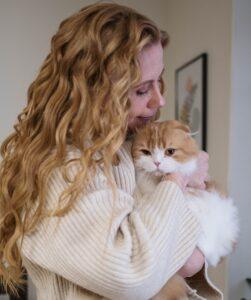
While cats’ ability to know their owners mostly depends on visual recognition, fragrance also plays a crucial role. Scent is a key component in how cats recognize and identify objects because to their highly evolved olfactory capabilities.
Cats have smell glands on their faces, cheekbones, and chin that they utilize to mark things and people, including their owners. A cat will rub its face on its owner’s leg, face, or body to show affection while also leaving behind their distinctive fragrance, which effectively marks you as a member of their territory and a familiar presence. This scent marking plays a crucial role in facial recognition for cats. When they encounter a familiar scent, whether from another cat or their owner, it triggers a sense of familiarity and comfort. So, while cats may not recognize faces in the same way humans do, they can associate the scent with a particular individual.
So, it is possible that cats recognize their owners not just by their facial features but also by the unique scent associated with them. The combination of both visual and olfactory cues strengthens the bond between cats and their owners, creating a deeper level of recognition and familiarity.
Auditory Recognition in Cats
Cats also rely on auditory cues for recognition. They have acute hearing and can differentiate between various sounds, including the voices of different individuals. If you’ve ever noticed your cat perk up when they hear your voice, it’s a sign of their auditory recognition in action.
Cats associate the tone and pitch of your voice with positive or negative experiences. A soothing, comforting voice during cuddles or feeding can create a positive association, strengthening the bond between you and your cat. In contrast, a scolding or stern tone may signal displeasure or danger to your feline friend.
Role of body language & behavior in recognition:
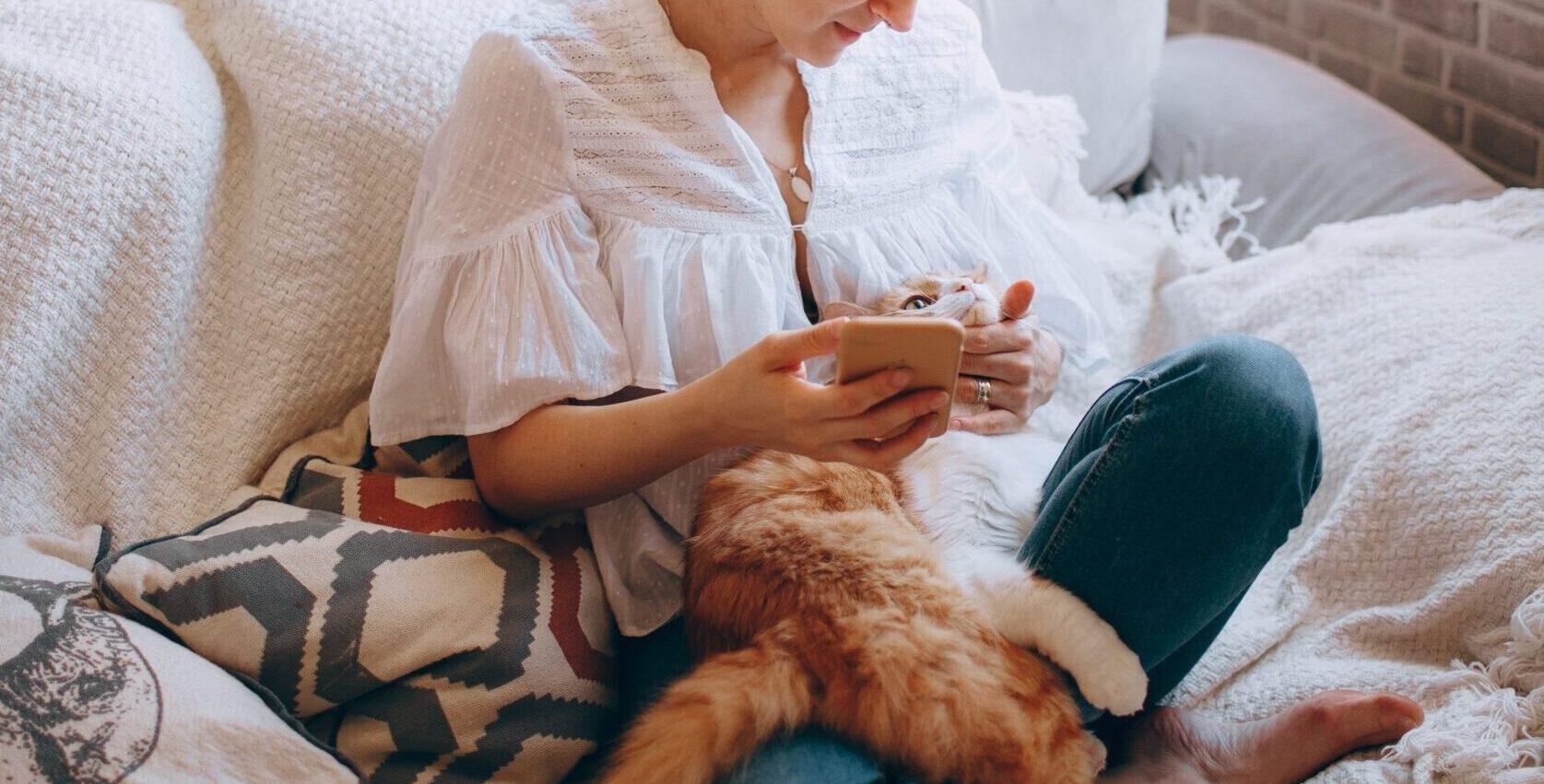
Cats are masters of reading body language and behavior, which are essential for social recognition. They pick up on your gestures, posture, and actions, helping them distinguish between friendly and hostile interactions. Over time, shared experiences, trust, and the comfort of your presence solidify the bond between you and your cat.
They can discern the subtlest of cues, such as the way you hold your body, the speed of your movements, and the tone of your voice. For instance, a relaxed and open posture can signal to your cat that you are approachable and friendly, fostering recognition and trust. Conversely, aggressive or erratic movements may trigger fear or avoidance.
Consistency in behavior is vital for owner facial recognition in cats. Cats thrive on routines, and they become familiar with their owner’s behavior patterns. When you consistently provide food, play, or affection at specific times, your cat learns to associate these behaviors with your presence, further reinforcing recognition.
Additionally, cats can pick up on emotional cues in your behavior. They can sense your mood, stress levels, and overall demeanor. If you are relaxed and happy around your cat, they are more likely to recognize and respond positively to your facial features.
Practical Implications for Cat Owners

Understanding the nuanced ways in which cats recognize their owners can have practical implications for cat owners seeking to strengthen their bond. Here are some practical tips:
Cats rely heavily on scent for recognition. Spend time petting and interacting with your cat to transfer your scent onto them and vice versa. This scent exchange helps create a comforting and familiar atmosphere. You can also use clothing or bedding with your scent to provide a sense of security when you’re not around.Engage in regular conversations with your cat in a soothing tone. While they may not understand your words, they can recognize the sound of your voice. Talking to them during feeding, playtime, or cuddling can reinforce the positive association between your voice and their well-being.Offer treats, toys, and affection during interactions with your cat. This encourages them to associate your face and presence with enjoyable moments, strengthening the recognition and bond.Cats have varying levels of socialization, and not all of them enjoy constant physical contact or attention. Respect your cat’s boundaries and preferences for interaction. Let them approach you on their terms, as this builds trust and enhances recognition.
Conclusion
Facial recognition in cats is a multifaceted process that goes beyond visual cues. While cats may not recognize faces in the same way humans do, they are adept at recognizing individuals through scent, auditory cues, and social experiences. Understanding the unique ways in which cats perceive and recognize their owners is essential for nurturing a strong and affectionate bond between you and your feline companion. Ultimately, the depth of recognition reflects the quality of the relationship and the trust and comfort you provide to your cat.

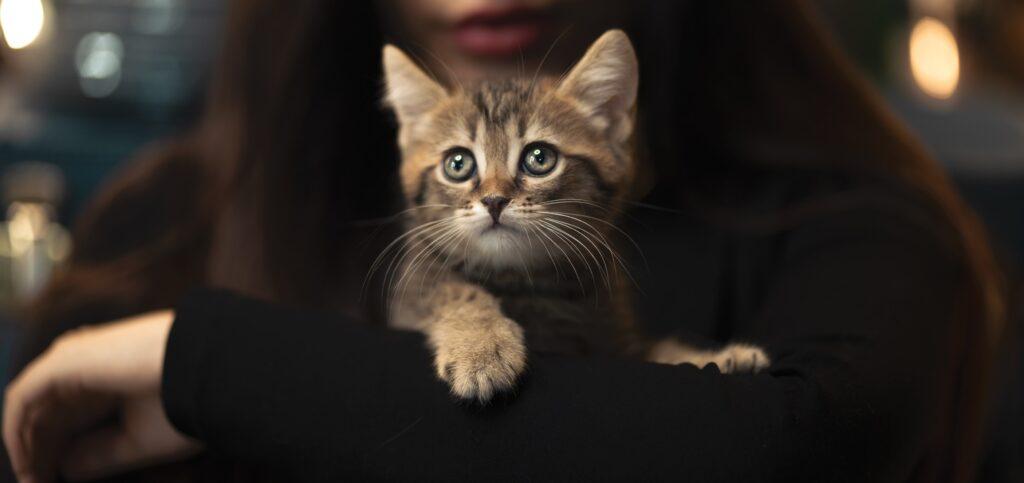
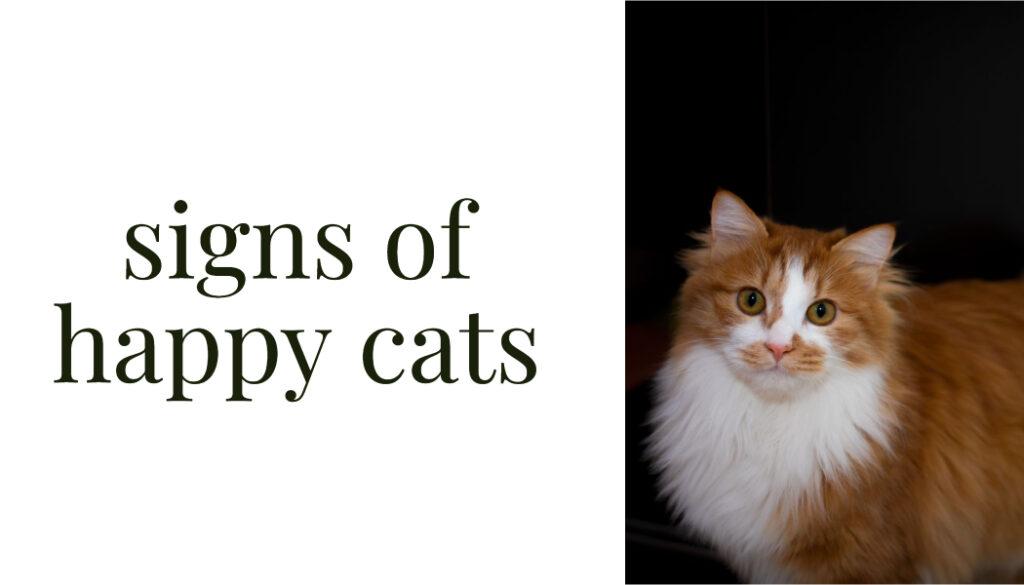

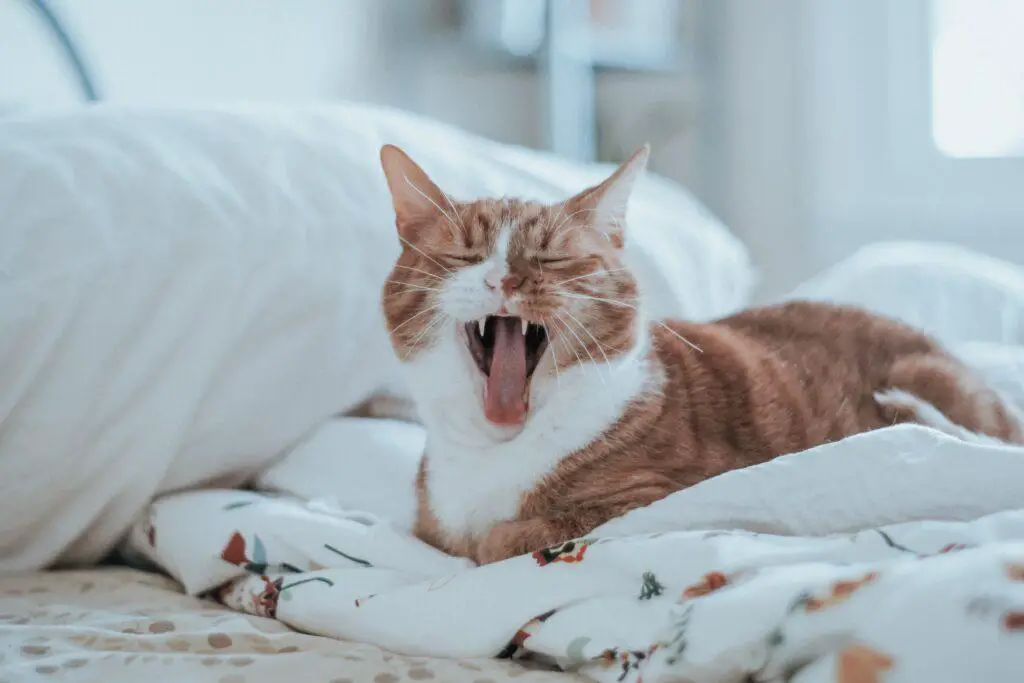
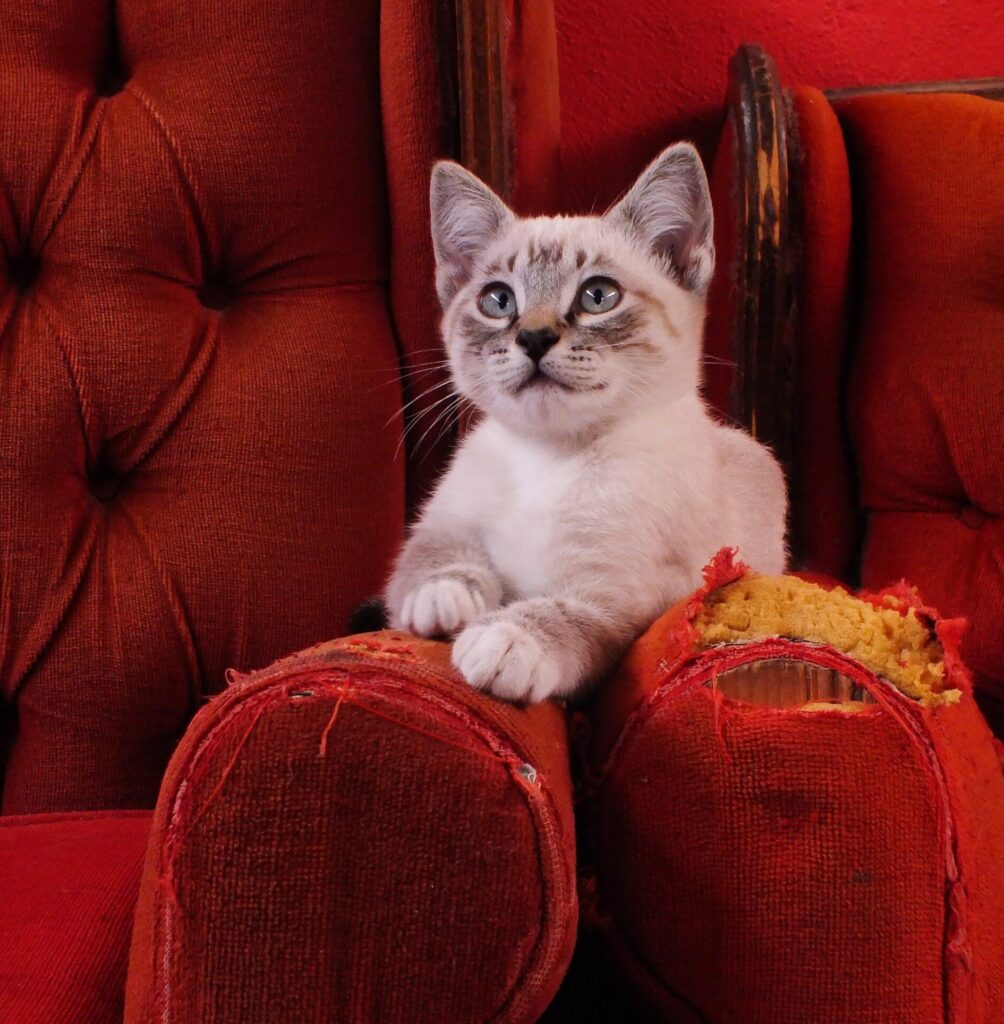

Pingback: Decoding Cat Behavior: How long do cats say goodbye before they die - 4 Common signs -
Лето 2025 года обещает быть непредсказуемым и инновационным в плане моды.
В тренде будут асимметрия и яркие акценты.
Гамма оттенков включают в себя мягкие пастели, выделяющие образ.
Особое внимание дизайнеры уделяют принтам, среди которых популярны плетёные элементы.
https://www.gamerlaunch.com/community/users/blog/6587291/?mode=view&gid=535
Возвращаются в моду элементы модерна, в свежем прочтении.
В стритстайле уже можно увидеть трендовые образы, которые удивляют.
Экспериментируйте со стилем, чтобы вписаться в тренды.
Your comment is awaiting moderation.